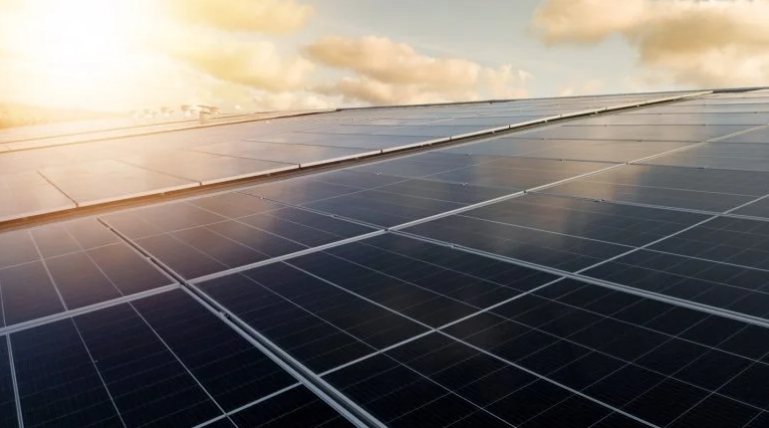
The research, conducted by experts at the Institute of Atmospheric Physics (IAP) of the Chinese Academy of Sciences, was published in the Journal of Advances in Modeling Earth Systems. Chen Xi, a researcher at the IAP, explained: “Dust storms not only block sunlight but also accumulate on solar panels, reducing their power output.”
With China expanding solar energy projects in arid, sandy regions, precise dust storm forecasting is essential to minimize disruptions and financial losses. Current models, such as those from the European Centre for Medium-Range Weather Forecasts (ECMWF), are limited by lower resolution and slower processing times.
The iDust tool integrates dust processes into its dynamical core, delivering high-resolution forecasts with only a modest increase in computational demand compared to standard weather models. It can produce 10-day dust forecasts within six hours of collecting observational data, offering a significant advantage over ECMWF models, which require more time and provide less detailed outputs.
The iDust system is poised to assist solar farms and power grid operators in preparing for dust-related challenges, thereby boosting operational efficiency and reducing costs. As China advances toward its carbon neutrality goals, tools like iDust will be instrumental in optimizing renewable energy systems, according to Chen.
Looking ahead, Chen noted: “Future developments aim to expand iDust's applications globally, supporting sustainable energy efforts worldwide.” By enhancing the reliability of solar energy production, iDust contributes to the global push for cleaner, more efficient energy solutions.